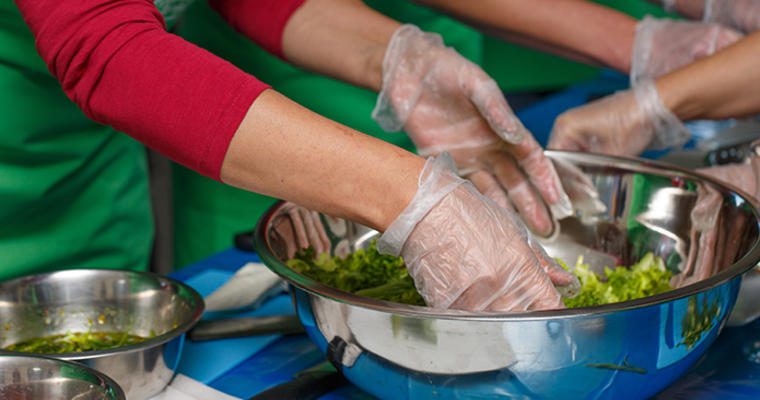Every four years the U.S. Food and Drug Administration (FDA) revises its Food Code, and the most recent updates are now available. The intent is to capture and summarize food-safety recommendations for storing, preparing and serving in order to protect your guests and your operation. It’s a guide for grocery stores, restaurants and other foodservice operations, such as senior living communities.
The FDA Food Code serves as a guide or model for states to use in setting their own foodservice sanitation standards. As an operator, you should be aware of what version of the Food Code your state is using currently. You also can refer to the FDA reference or your state health department to determine what version of the Food Code your state is using.
Changes to the 2017 Food Code range from new terms and revised definitions to updates on procedures. While every organization has policies and procedures to follow, you should know those could be affected by changes to the Food Code. Any healthcare operation regulated by Centers for Medicare and Medicaid Services (CMS) is required to meet the minimum standards of the most current FDA Food Code.
This article highlights some of the changes you should be aware of. Visit the FDA website for a full review.
Expectations of the person in charge
A significant change with the potential to impact operations is that the person in charge (PIC) should also be a certified food protection manager. This role requires a completed manager training or other accredited program. The Food Code further states this doesn’t apply to food operations with “minimal risk of causing, or contributing to, foodborne illnesses based on the nature of the operation and the extent of food preparation.” Previously, an individual employee could hold the food protection manager certification but now it should be the PIC.
Additional duties are highlighted for the PIC, including:
- “Employees are properly maintaining the temperatures of time/temperature control for safety foods during and cold holding through daily oversight of the employees’ routine monitoring of food temperatures.”
Employee health
A new section was added to the employee health portion of the Food Code that focuses on the “use of bandages, finger cots or finger stalls.” This sections outlines if an employee is using any of these and working with food that is exposed, then these should be covered with a single-use glove. The PIC should understand and reinforce this during training.
Food
In the food section, there are some revisions for recommended cooking time for raw animal food. These changes are to create consistency between the Food Code and USDA Food Safety and Inspection Services.
Specifically: The cooking time for ratites, mechanically tenderized and injected meat, fish or game (commercial raised for food) that is chopped, ground, minced or flaked as well as raw eggs that are not prepared to a customer’s order should be held for 17 seconds at 155 degrees Fahrenheit. The 2013 Food Code had a holding time of 15 seconds.
Additionally, the cooking time for poultry, wild game animals, and stuffed fish, or meat, or stuffing containing any of those is now < 1 second at 165 degrees Fahrenheit. The 2013 Food Code had a previous holding time of 15 seconds.
The definition of intact meat has been updated and is defined as a cut of whole muscle meat that has not had any of the following: comminution, injection, mechanical tenderization or reconstruction. It’s important to be aware as meats that are not considered intact have different minimum cooking temperatures.
Understanding the Food Code that is enforced in your state is an important step to protecting not only your guests but your operation overall.











